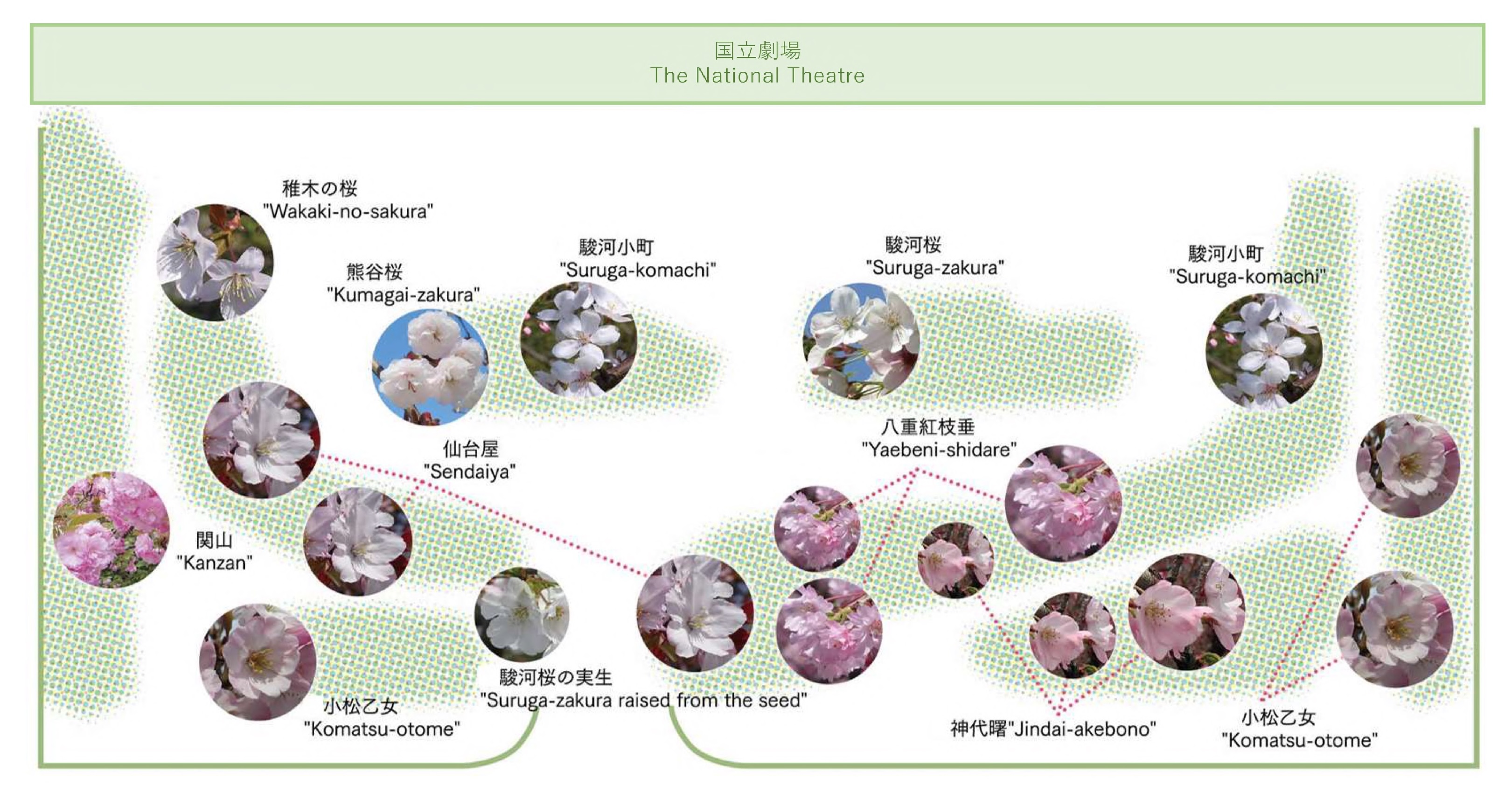The National Theatre Sakura (Cherry Blossom) Information
The National Theatre Sakura (Cherry Blossom) Information
The National Theatre and National Engei Hall have been closed since the end of October 2023. However, the cherry blossoms in the front garden of the National Theatre, which beautifully bloom every year, will still be open for viewing this year.
Please review the following “Visitor Guidelines” before your visit.
Visitor Guidelines
●Vehicles are not permitted to enter. Please use public transportation.
●Smoking is prohibited on site.
●Reserving spots, including the use of leisure sheets, is not allowed.
●Photography for commercial purposes without permission and the use of tripods are prohibited.
●Solicitation, unauthorized sales, and other disruptive activities are not allowed.
Blooming Condition
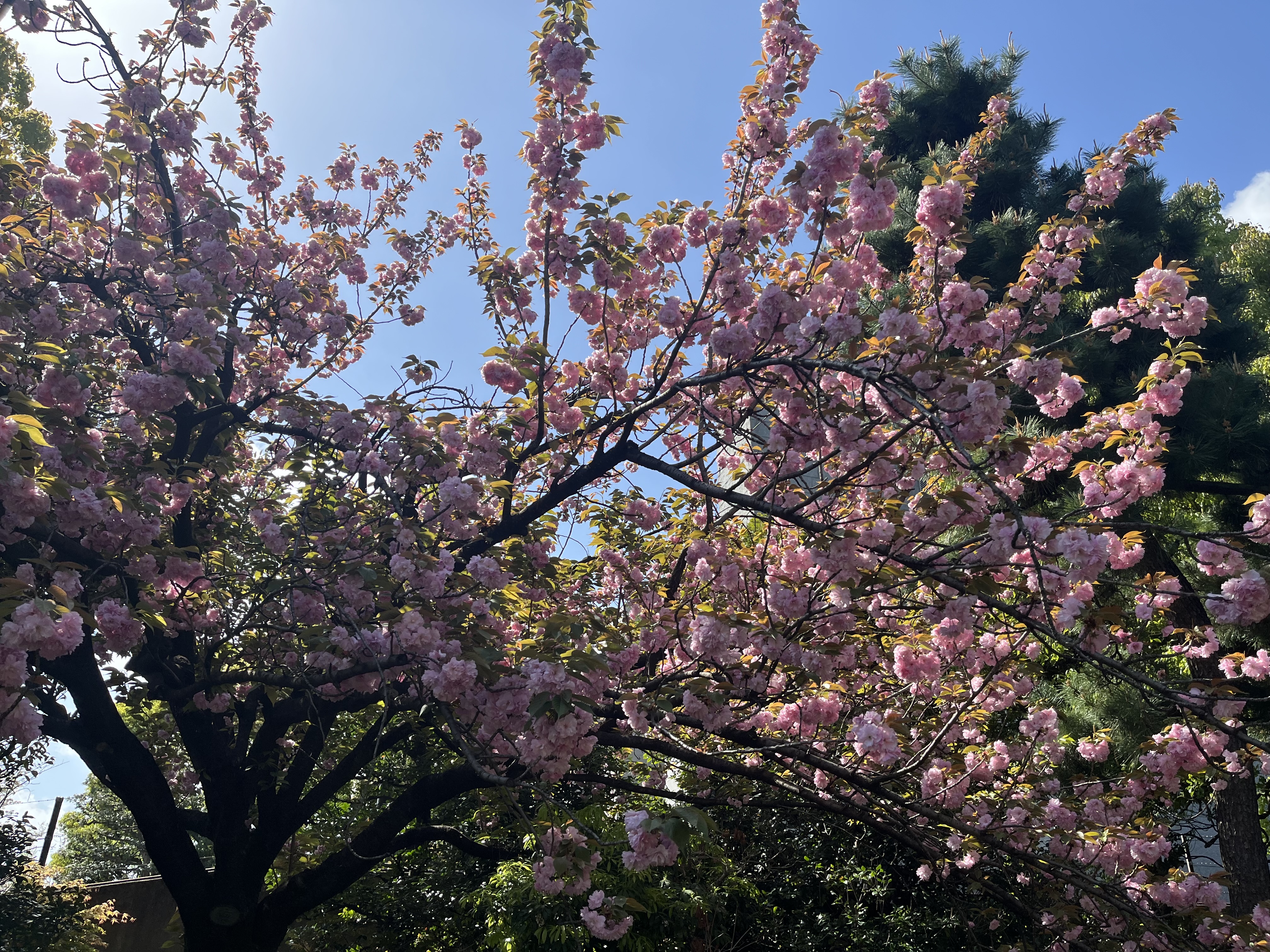
kanzan, taken on April 15th
About the Cherry Trees
① "Kumagai-zakura"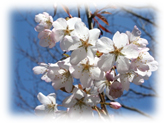
- An early-blooming variety of Kinki-mamezakura. It does not grow tall and bears small double-petaled flowers. It was donated from Kumagaya City, Saitama prefecture, in connection with the March 2012 Kabuki performance Ichinotani Futaba-gunki.
- ② "Komatsu-otome"
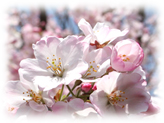
- This cherry blossom is a variety propagated from one near the Komatsu-no-Miya statue in Ueno Park. It is a slightly smaller variety of the Edo-higan compared to Somei Yoshino.
- ③ "Jindai-akebono"
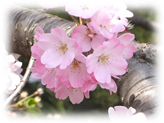
- This cherry blossom is grown at the Tokyo Metropolitan Jindai Botanical Garden. It produces particularly bright pink flowers that are more vivid than Somei Yoshino—displaying a remarkably beautiful range of pink shades.
- ④ "Suruga-zakura no misho"
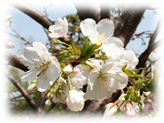
- Like Suruga-komachi, this cherry blossom was grown from Suruga-Zakura seeds. It produces white flowers.
- ⑤ "Suruga-zakura"
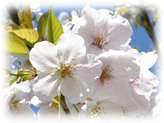
- This cherry blossom was developed at the National Institute of Genetics in Mishima. It produces large white flowers that gradually take on a hint of pink and have a fragrance.
- ⑥ "Suruga-komachi"
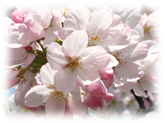
- A new variety of cherry blossom grown at the National Theatre from Suruga-zakura seeds. The flowers are large, pale pink and abundant in number.
⑦ "Wakaki-no-sakura"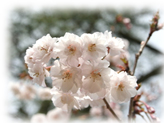
- Originally found in the mountain forests of Sakawa, Kochi prefecture, its wild variety is now said to be extinct. It is called Wakaki-no-sakura (“sapling cherry blossom”) because it does not grow tall.
- ⑧ "Sendaiya"
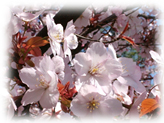
- It is named after a shop in Kochi City, Sendaiya. It is a variety of Yamazakura that blooms a few days later than Somei Yoshino.
- ⑨ "Yae-beni-shidare"
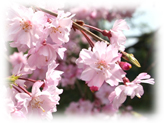
- This variety is commonly found in Kyoto and Sendai prefectures. It produces pale pink-purple flowers and blooms approximately a week later than Somei Yoshino.
⑩ "Kanzan"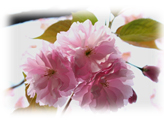
- This is a variety of Yaezakura (cherry blossoms with more than five petals), often used for sakura tea, and features multiple layers of petals. It blooms about a half a month later than Somei Yoshino.
Performances
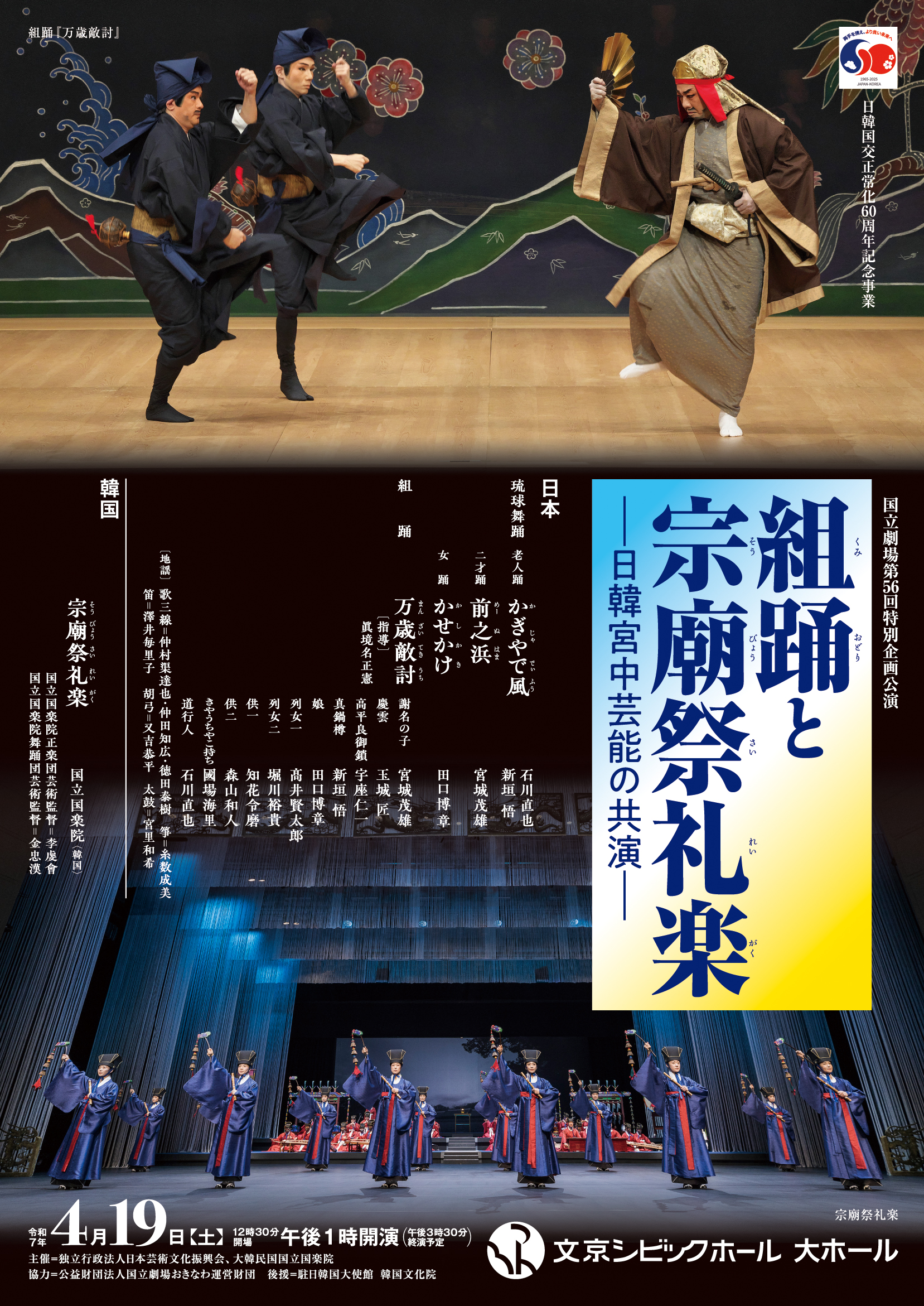 |
|

.jpg)
